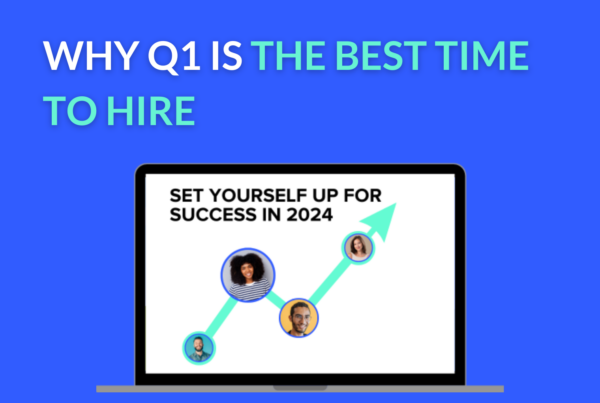In today’s digital world, we are able to receive almost any information we want at just the touch of a button. But by having such fast access to information and technology, it has meant that our patience and tolerance for ‘boring’ aspects of life have worn thin. Insurance in particular is a very unsexy industry for the average consumer, but is a necessary part of life. In recent years, businesses have looked into ways to get both employees and customers more engaged, focused, and excited about ever important ‘life admin’.

What is gamification?
It’s easy to see how incorporating gamification into business is becoming increasingly popular, as play is a major part of the human experience. Gamification is the process of incorporating game techniques into a system with the outcome of increasing overall participation levels and influencing the behaviours of its users. When infused with InsurTech, all technologies that humanise engagement between man and machine will have a significant role to play in the insurance industry.’ Introducing targets and rewards into a system viewed by many as ordinary helps to keep both consumers and employees engaged and motivated. Thus, gamification plays a key role in solidifying customer relationships and affecting insurance rates of companies.
In order for a workplace to stay focused and enthusiastic within their job, employers must create new and exciting ways to motivate their staff. The aim is to stimulate workers into reaching goals and help them to stay attentive by introducing challenges, leaderboards, and reward systems. As well as giving workers a better sense of control, it also encourages competitive nature in the work environment. The effects of this in the workplace are increasingly positive, as “90% of employees are more productive when they use gamification1”.
In terms of insurance companies and their policyholders, it is vital that gamification be used for the purpose enhancing customer relationships. By setting goals and giving rewards through a virtual experience, a customer is made to feel that their needs and wants are recognized and a level of trust is established. Not to mention that making the process of insurance less confusing will encourage them to be active on their accounts, use additional services and ultimately have a more positive experience with the company. As well as this, data from policyholders can be used to improve policies and get more accurate information for future use.

Examples of gamification within InsurTech
An initiative called Wellvolution at Blue Shield created a challenge entitled ‘Walkadoo’2, in which consumers received personalised targets through their mobile, encouraging them to stay active. They were given a FitBit Zip so that they can monitor their process and got rewards for hitting their daily goal. Customers found the challenge to be a great incentive for them to stay active.
United Healthcare’s Motion program also assists companies in improving the health and wellbeing of their employees by creating an activity tracker for workers to stay on target and track their process. Employees are able to earn over $1,000 towards medical expenses if they reach daily goals on the app. A staggering 90% of staff at Florida beverage distributor, Wayne Densch, participate in the program, which reduced the amount of more than 50% of the company’s healthcare claims in 2016.
What next?
Navigating insurance can be tricky, so simplifying a client’s online process through use of fun, interactive challenges will always prove successful. But that’s not to say that gamification cannot and has not experienced negative outcomes. When the product is well-designed, KPI’s are identified in order to evaluate achievable gain. And if the focus is clear with direct initiatives, the success rates are high. However, if an app’s incentive is unclear, the correct costs are not in play, or goals and incentives are not direct enough, then you will see a fall in user activity. The key is always to keep it clear, engaging, and fun.
So far, gamification in insurtech has proven successful in terms of strengthening brand awareness and rapport, keeping users easily informed, and motivating customers into acting upon a variety of company propositions. But as we know, technology isn’t slowing down. As digitalization excels, insurance companies must stay ahead of the curve.
The future of gamification in InsurTech is looking extremely positive. There are always risks to the development of games in a sector that seems anything but playful. For the best results to be achieved, it must be executed effectively. For gamification to stay in the spotlight, it must continuously adapt to employee and consumer needs. But, for the meantime, it looks as though it’s here to stay.
Why Storm2?
We work to link disruptive FinTechs with top FinTech talent as the global InsurTech talent market grows in order to aid business growth. We establish connections between seasoned InsurTech specialists that can assist with scaling and developing the next FinTech app that will revolutionize the market and enhance customers’ financial security. Get in touch with us right away to see how we can help your company succeed while also supporting you.






